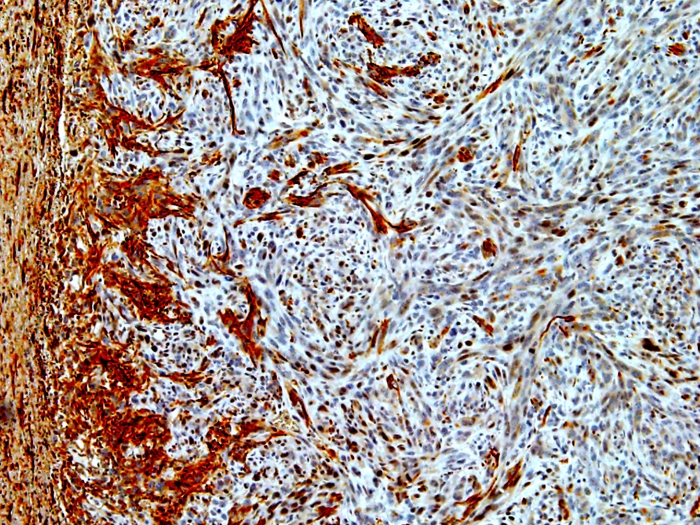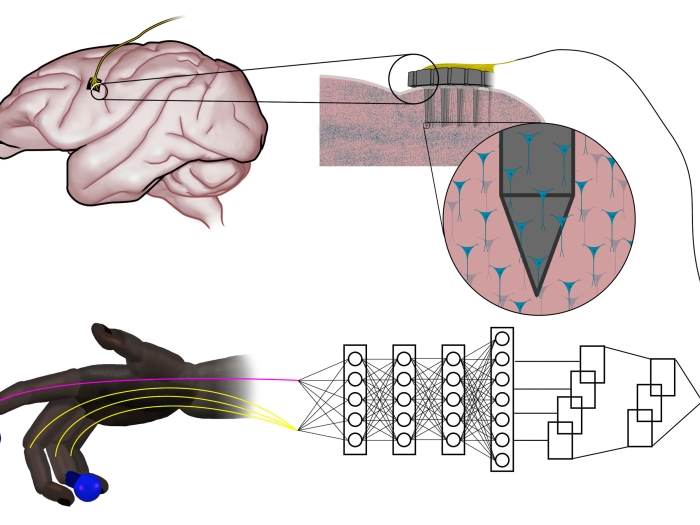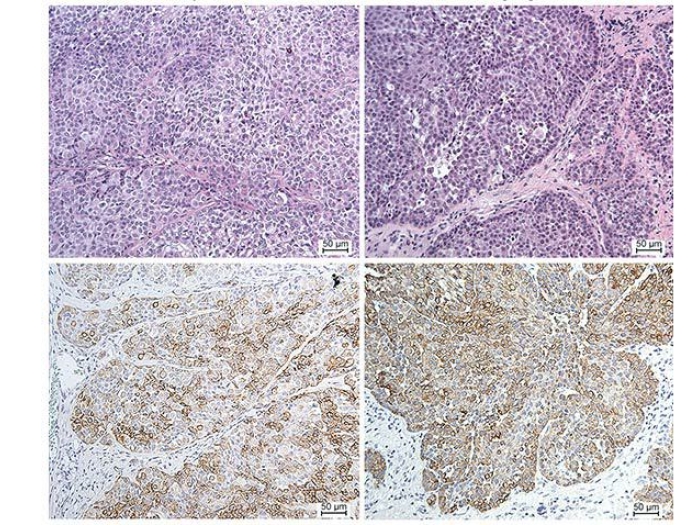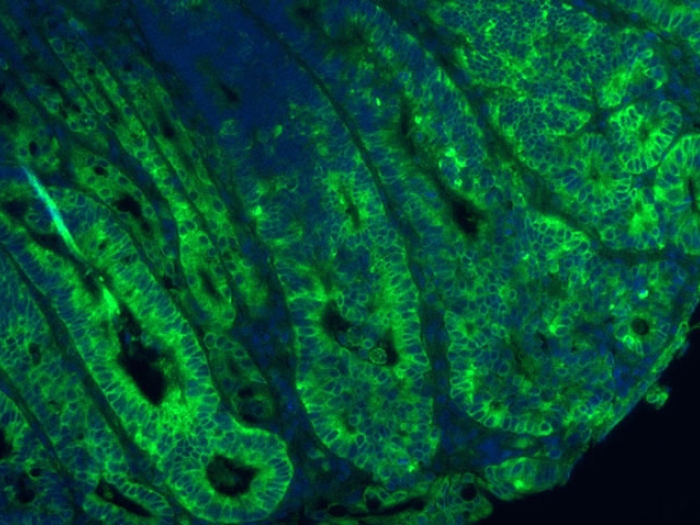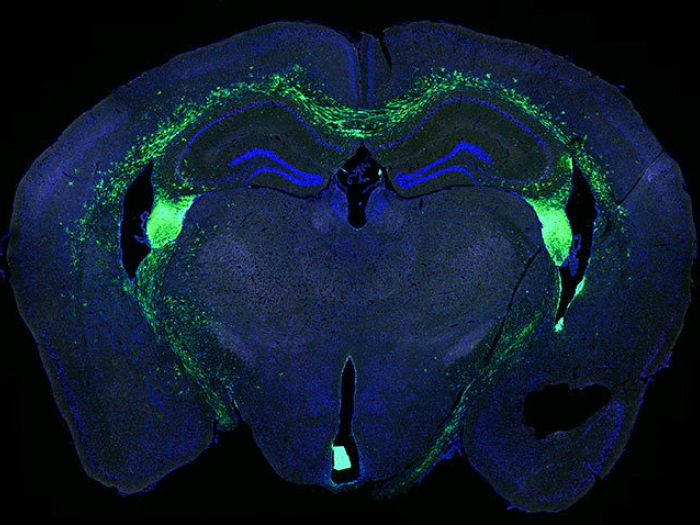By focusing on the biology of healthy nerve cells, new research finds repeats in a gene, which causes Fragile X Syndrome, regulates how and when proteins are made in neurons.
10:50 AM
Author |

Over half of our genomes are made of repeating elements within DNA. In rare cases, these repeats can become unstable and grow in size.
These repeat expansions, as they're called, cause neurodegenerative diseases, such as amyotrophic lateral sclerosis (ALS) and dementia, as well as learning disorders and autism in people with Fragile X syndrome. Research to date has focused on how these expanded repeats cause disease, but little attention has been given to the repeats themselves and whether they might have normal functions in genes.
By focusing on the biology of healthy nerve cells, a team from Michigan Medicine's neurology department found that repeats in a gene, which normally cause Fragile X Syndrome, regulates how and when proteins are made in neurons. This process may be important for learning and memory in these nerve cells and potentially in people.
"The repeats function like a switch, slowing down protein production and then quickly turning things back on," explains Peter Todd, M.D., Ph.D., a neurologist at Michigan Medicine and member of the University of Michigan's Center for RNA Biomedicine, who led this study.
MORE FROM THE LAB: Subscribe to our weekly newsletter
The researchers first used rodents and then created human neurons from patient stem cells. The scientists found that the repeat and its translation in the beginning of the Fragile X gene slowed down production of the Fragile X protein, which is important in learning and memory. However, when neurons are stimulated, this repeat translation goes away and the levels in the Fragile X protein increase at synapses (the connections between nerve cells), suggesting that the repeat and its translation regulate this local protein production.
Armed with this discovery about how the repeat functions normally, the team worked with Ionis Pharmaceuticals to develop an antisense oligonucleotide, a short strand of modified DNA that can specifically target the transcripts of a defective gene to correct an abnormality.

Ionis' antisense oligonucleotides are designed to bind precisely with RNA, halting the process of creating a disease causing protein which could block translation of expanded Fragile X repeats that are toxic to neurons and cause human disease. This antisense oligonucleotide has produced two remarkable results, researchers say.
Like Podcasts? Add the Michigan Medicine News Break to your Alexa-enabled device or subscribe for updates on iTunes, Google Play and Stitcher.
First, they decreased the toxicity that these repeats caused in rodent and human neurons. Second, this blockade of repeat translation triggered a big increase in the Fragile X protein, whose loss causes Fragile X syndrome. "The results suggest that we have simultaneously corrected two of the big problems that happen in Fragile X-associated disorders," says Todd.
This offers a novel pathway forward to treatments in this class of neurological diseases, researchers say.
"To develop a new treatment strategy, we really needed to understand the native biology of how these repeats work and why they are there in the first place," says Todd. "The study was done in dishes, and so there is still a long way before it can be tried in patients, but advancing our understanding of normal nerve cell biology is a crucial step to find cures."
The results were published in Nature Neuroscience. Caitlin Rodriguez, Ph.D., spearheaded the research, while Shannon Wright expanded the lab's ability to use stem cells, allowing for the testing of these ideas in human neurons from patients with Fragile X-associated disorders.
Paper cited: "A native function for RAN translation and CGG repeats in regulating fragile X protein synthesis," Nat Neurosci. DOI: 10.1038/s41593-020-0590-1

Explore a variety of healthcare news & stories by visiting the Health Lab home page for more articles.

Department of Communication at Michigan Medicine
Want top health & research news weekly? Sign up for Health Lab’s newsletters today!

